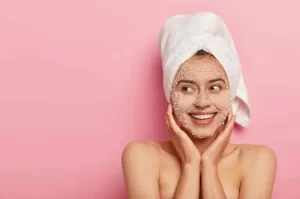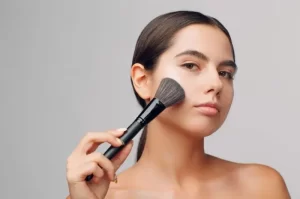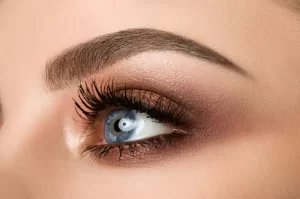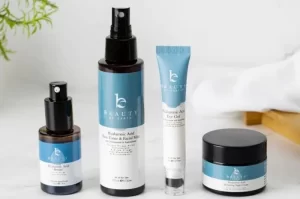Selecting the right lipstick shade can be a transformative experience. It’s not just about choosing a color you like; it’s about finding a shade that complements your skin tone, enhancing your natural beauty.
Lipsticks come in an endless spectrum of colors, and understanding which hues work best with your skin’s undertones is key to selecting the perfect lipstick.
Understanding Your Skin Tone and Undertone
Before diving into lipstick shades, it’s crucial to understand your skin tone and undertone. Skin tone is the surface skin color, while undertone is the subtle hue beneath the skin.
Undertones are typically categorized as cool (pink, red or bluish undertones), warm (yellow, peachy, golden undertones), or neutral (a mix of warm and cool undertones).
Lipstick Shades for Different Skin Tones
1. Fair Skin
- Cool Undertones: Opt for lipsticks in shades of soft mocha, nude, or light pink. Berry shades can also complement fair skin with cool undertones beautifully.
- Warm Undertones: Try coral hues, peachy pinks, or pale reds. These shades can add a lovely warmth to fair skin with yellow undertones.
- Neutral Undertones: You have the flexibility to experiment with both cool and warm shades. Soft berries and peaches can be particularly flattering.
2. Medium Skin
- Cool Undertones: Rich pink, cranberry, and mauve shades work well. These colors contrast nicely with medium skin, bringing out its natural glow.
- Warm Undertones: Bronze, copper, or honey shades enhance the natural warmth of medium skin with yellow undertones.
- Neutral Undertones: Medium skin with neutral undertones looks great in almost any shade, but especially so in rose, mauve, or berry colors.
3. Olive Skin
- Cool Undertones: Olive skin with cool undertones can be elevated with plums, berries, or a bold, cool red.
- Warm Undertones: Earthy reds, nudes, and orange hues are ideal. These shades complement the greenish undertone in olive skin.
- Neutral Undertones: Try muted reds, pinks, or bronzy shades. These colors work harmoniously with olive skin’s unique blend of undertones.
4. Dark Skin
- Cool Undertones: Purples, deep plums, or wine-colored lipsticks are stunning on dark skin with cool undertones.
- Warm Undertones: Chocolate, deep orange, or gold-brown shades highlight the warmth in dark skin beautifully.
- Neutral Undertones: Dark skin with neutral undertones can pull off a wide range of colors, from deep reds to warm browns.
Experimenting with Bold Colors
Don’t be afraid to experiment with bold colors. Bright reds, deep purples, and vibrant oranges can look stunning, regardless of skin tone, when worn with confidence. The key is to adjust the shade to match your undertone.
For example, a bright red with a blue base is better suited for cool undertones, while an orange-based red complements warm undertones.
The Importance of Lip Liners
A lip liner can make a significant difference in your lipstick application. It helps to define the lips, prevents color from bleeding, and can even alter the shade of your lipstick. Choose a lip liner in a complementary or matching shade to enhance your lipstick’s appearance.
Seasonal and Occasion-Based Choices
Your lipstick choice can also be influenced by the season or occasion. Lighter, more natural shades may be preferable for daytime wear or the spring and summer months, while deeper, dramatic colors can be perfect for evening events or the colder seasons.
Conclusion
Choosing the right lipstick shade is a blend of understanding your skin’s undertones and personal preferences. While guidelines can be helpful, the most important factor is how the lipstick makes you feel.
Confidence is your best accessory, and the right lipstick can be a powerful ally in expressing your personal style. Remember to have fun with it, experiment with different shades, and embrace the colors that make you feel most beautiful.







